Prepare for an exciting voyage through the 8th century, a time of both upheaval and progress. Empires rose and fell, cultures intertwined, and new ideas took root. Get ready to explore a chapter of history that left its mark on the world, shaping the societies and technologies we know today. From the decline of great Maya cities to the rise of the Serbs, the 8th century was a cradle of change. So, buckle up and let’s dive into this remarkable time!
When Was the 8th Century?
The 8th century spanned the years 701 to 800 AD, a pivotal era that witnessed significant transformations in Europe, Asia, and Africa. From religious and cultural shifts to major political and social upheavals, the 8th century saw a convergence of events that shaped the course of human history. The decline of the Mayan civilization and the rise of the Caliphate in the Middle East highlighted the changing global power dynamics of the era.
This period was also marked by key innovations such as the heavy plow and horse collar, which advanced agricultural practices and transformed everyday life in Europe. These advancements, coupled with the emergence of new powers and the spread of religious ideas, make the 8th century a fascinating period to explore. It’s a journey back in time that reveals the interconnectedness of civilizations and the enduring impact of the past on our present world.
What Defined the 8th Century?
The 8th century was a period of global transformation, characterized by the rise and fall of empires, the spread of religions, and remarkable advancements in various fields. Let’s delve into the key developments that defined this era:
Geopolitical Transformations:
- The Rise and Fall of the Umayyad Caliphate: The Umayyad Caliphate, a powerful Islamic empire, reached its zenith in the 8th century, controlling a vast territory stretching from the Iberian Peninsula in the west to Central Asia in the east. In the 8th century, the eighth century conquerors of iberia invaded the Iberian Peninsula, bringing with them a new era of cultural and political change. Their arrival marked the beginning of a period of Islamic rule in the region that would last for several centuries and have a profound impact on the development of both Spain and Portugal. You might ask, Who invaded Spain in the 8th century?. The answer lies with the Umayyad Caliphate. However, their dominance was challenged by the Abbasids, who overthrew them in 750 AD, shifting the center of Islamic power eastward to Baghdad.
- The Golden Age of the Tang Dynasty: In East Asia, the Tang Dynasty (618-907 AD) ushered in a golden age for China. Under Emperor Xuanzong (712-756 AD), the Tang Dynasty reached the pinnacle of its power and prosperity, characterized by territorial expansion, economic growth, and a flourishing of art, literature, and technology. The Tang empire’s influence extended into Central Asia and Korea, solidifying its position as a major power in the region.
Cultural and Religious Transformations:
- The Decline of the Maya and the Rise of New Powers: The 8th century witnessed the decline of the Classic Maya civilization in Mesoamerica. However, new cultural centers emerged elsewhere, with the Tang Dynasty in China and the Carolingian Empire in Europe taking center stage. Each of these powers brought unique contributions to the world, shaping the cultural landscapes of their respective regions.
- The Spread of Religions: The 8th century saw the continued spread of major religions like Buddhism and Christianity, facilitating cultural and religious exchange across vast distances. The translation of Buddhist Jataka tales into Arabic and Syriac, for instance, illustrates the transmission of Indian cultural influences to the Middle East.
Technological Advancements:
- Agricultural Revolution in Europe: The invention of the heavy plow and the horse collar in Europe during this era revolutionized agriculture. The heavy plow, capable of turning over heavier soils, allowed for cultivation of new lands and increased crop yields. Coupled with the horse collar, which efficiently distributed weight and enabled horses to pull heavier loads, these innovations significantly boosted agricultural productivity.
- Advancements in Navigation and Astronomy: The development of the astrolabe, an instrument used to determine the position of celestial bodies, significantly enhanced navigation and astronomical observations. This invention had a profound impact on seafaring and exploration, enabling more accurate navigation and contributing to the expansion of trade routes.
- Religious Architecture: The construction of grand religious structures, such as Buddhist monasteries and temples, mosques, and churches, reflected not only the significance of religion but also the architectural skills and advancements of the time. These structures stand today as testaments to the artistry and engineering prowess of the 8th century.
Conclusion:
The 8th century wasn’t simply a period of transition; it was an era of significant transformation. It witnessed the interconnectedness of regions, the convergence of events, and the emergence of new ideas that profoundly shaped the geopolitical, cultural, and technological landscape of the world. These transformations laid the foundation for future societal developments, the rise of new civilizations, and the interconnected world we live in today.
Key Events and Figures of the 8th Century
Beyond these overarching themes, the 8th century was punctuated by specific events and influential figures that left an indelible mark on history:
- Expansion of the Umayyad Caliphate under Abd al-Malik ibn Marwan: Abd al-Malik ibn Marwan, the fifth Umayyad caliph, solidified the caliphate’s power and oversaw a period of significant expansion. His reign marked a high point for the Umayyad Caliphate, establishing them as the dominant force in the Middle East and North Africa.
- Rise of the Tang Dynasty in China, marked by Emperor Tang Taizong: Emperor Taizong (reign 626–649 AD) laid the foundation for the Tang Dynasty’s golden age. His reign was marked by military successes, administrative reforms, and the promotion of Confucianism, establishing a model for subsequent Tang rulers.
- Battle of Tours in 732 AD halted Muslim advancement into Western Europe: The Battle of Tours, a pivotal conflict between the Frankish and Aquitanian armies led by Charles Martel and the army of the Muslim Umayyad Caliphate led by Abd al-Rahman al-Ghafiqi, marked a turning point in the history of Europe. The decisive victory by the Frankish forces effectively halted the Umayyad Caliphate’s advance further into Europe, shaping the religious and political map of the continent.
- Iconoclastic Controversy in the Byzantine Empire prohibited veneration of religious images: The Iconoclastic Controversy, a period of intense religious debate and conflict within the Byzantine Empire during the 8th and 9th centuries, centered on the use of religious images or icons. Emperor Leo III’s ban on icon veneration in 726 AD ignited a theological and political storm that divided the empire.
The 8th century stands as a testament to the dynamic nature of history. It was an era of dramatic shifts in power, significant cultural exchange, and remarkable advancements that reverberate even today. Studying this period provides a deeper understanding not only of the past but also of the forces that have shaped our present world.
- Unlock Filipino Culture: A Deep Dive into Traditions and Practices - April 23, 2025
- Unlock Spanish Culture: Insights & Opportunities Now - April 23, 2025
- White Spirit Uses & Substitutes: A Deep Dive for Pros & DIYers - April 23, 2025
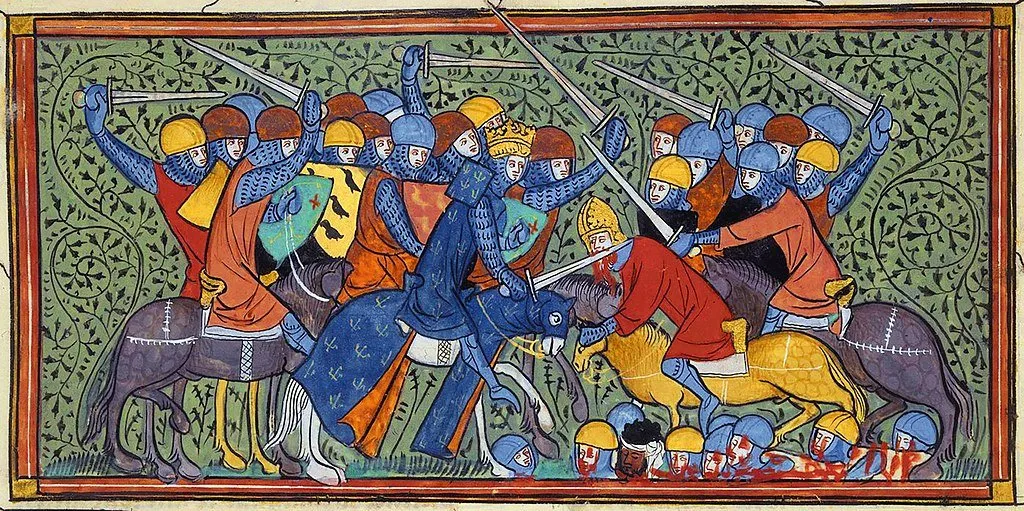


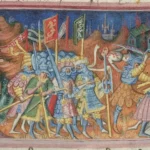
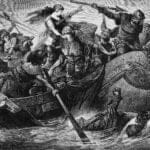
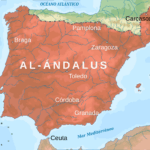
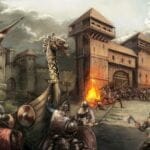










Comments are closed.